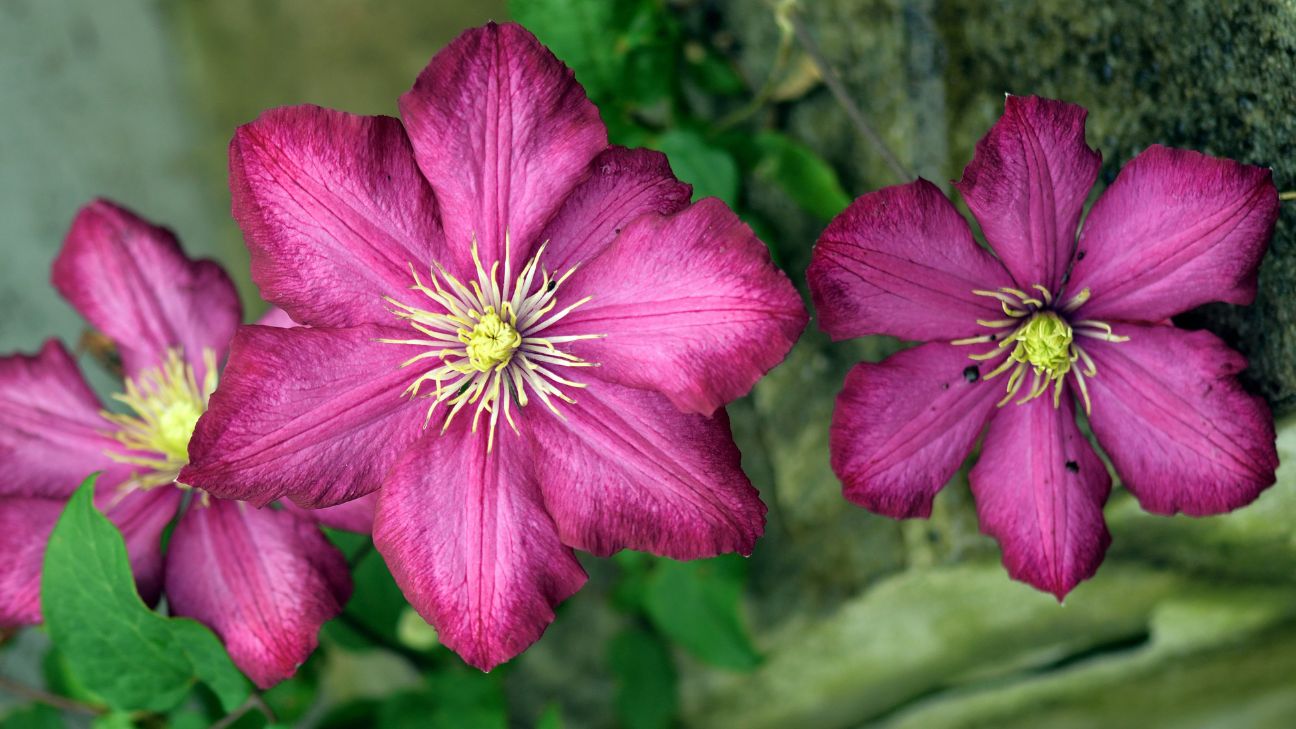Clematis
Clematis
Learn how to care for clematis along with its history and classification details.
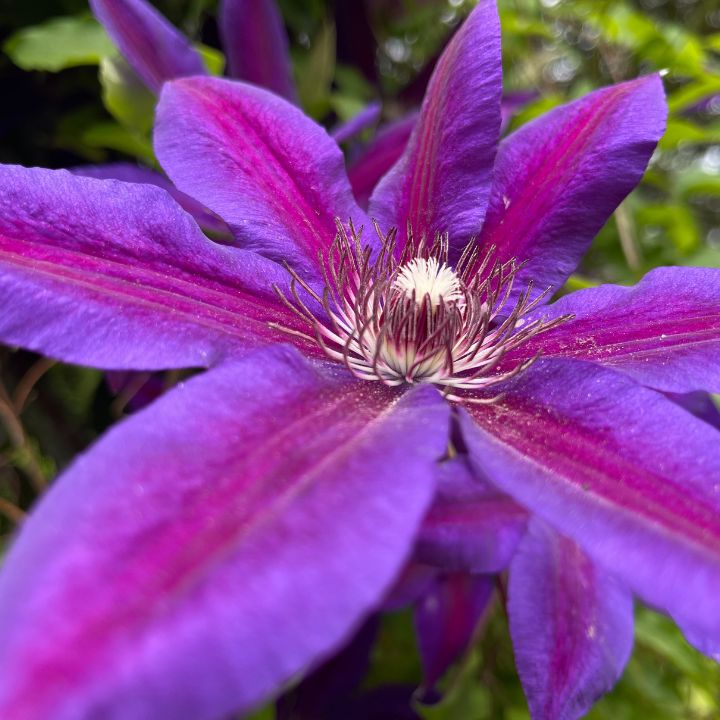
Hardiness Zone: 4-9
Soil Type: Slightly acidic to neutral
Sun Exposure: Shade
Annual or Perennial: Perennial
Type: Flower
History: The genus Clematis was first published by Carl Linnaeus in Species Plantarum in 1753, the first species listed being Clematis viticella.
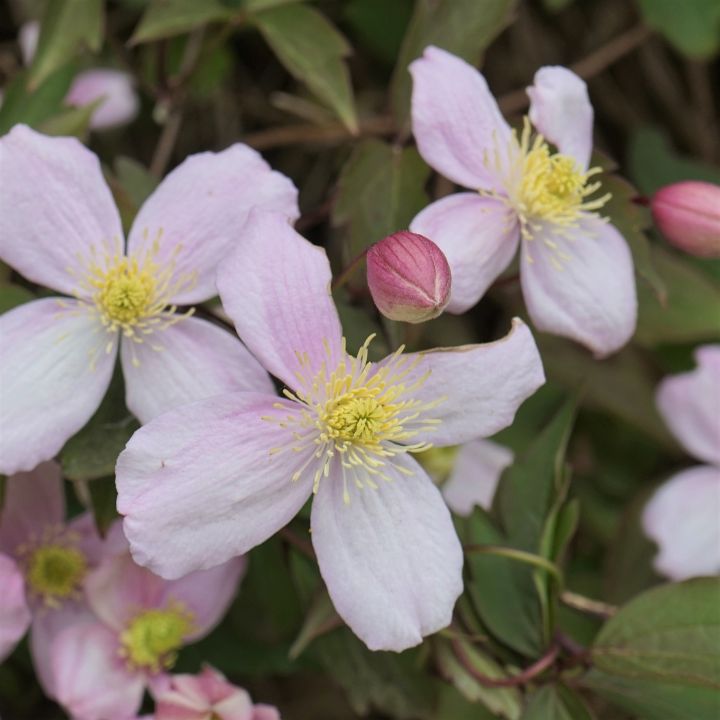
How to Care for Clematis
Common questions and details on how to care for clematis.
How do I plant clematis?
Clematises require loose, well-draining soil, with a neutral pH. Dig a planting hole that’s about 2 to 3 times the width of the root ball and a few inches deeper. Place the plant in the hole with the crown 4 to 6 inches below the soil surface.
It is important to place a generous layer of mulch around the base of the clematis.
When is the best time to plant?
The best time to plant clematis is in the spring or early to mid autumn.
How do I propagate clematis?
The best way to propagate clematis is by taking softwood cuttings in April or May. Remove a section of stem from the current season’s growth, which is ripe but not too woody or too soft. Fill a garden pot with cutting compost and water. Add a fine layer of grit to the top of the compost.
Can I grow clematis in a pot?
Yes, you can grow clematis in a pot.
How much should I water clematis?
Clematis like to be watered about an inch (2.5 cm.) or so weekly.
How do I care for clematis with fertilizer?
Clematis prefer to be fertilized frequently.
When do clematis bloom?
Clematis will bloom in late spring, or early summer.
Should I plant any companion plants?
Clematis grows well with “Morning Light” maiden grass (Miscanthus sinensis “Morning Light”) and sea holly (Eryngium).
What are the health benefits of the clematis?
Traditionally, Clematis medicine is used orally to treat syphilis, gout, rheumatism, bone disorders, and chronic skin conditions and as a diuretic. In folk medicine, Clematis is used topically for blisters and as a poultice to treat purulent wounds and ulcers.
Clematis Meaning
The clematis flowers symbolize the beauty of ingenuity or the trait of artifice. Many experts have suggested that this is most likely related to its wonderful and clever ability to climb around places such as walls as well as trellises.
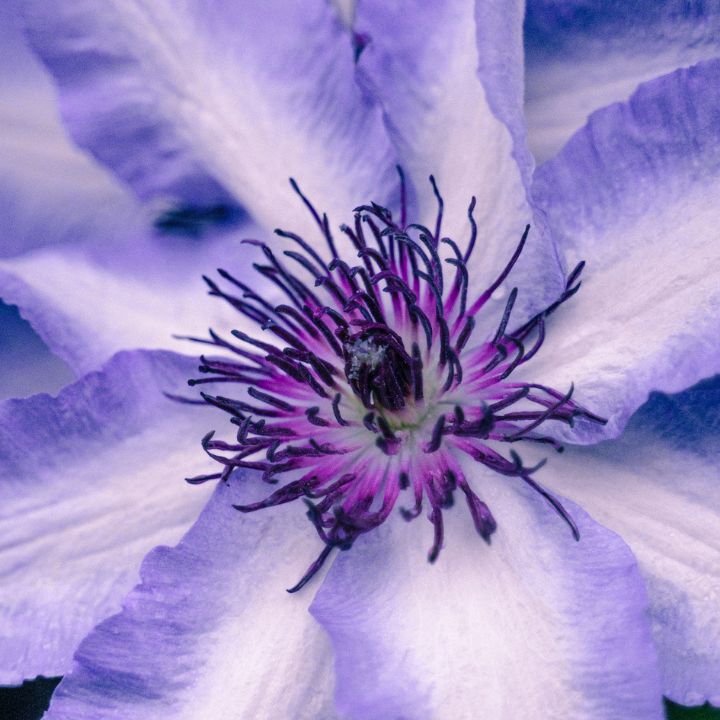
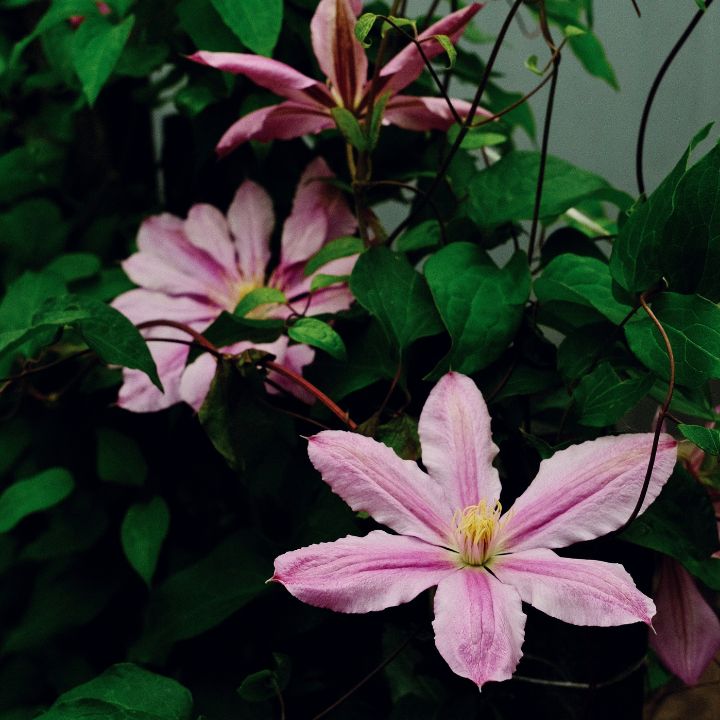
the common hill-flowers wither, but they blossom again. The laburnum will be as yellow next June as it is now. In a month there will be purple stars on clematis, and year after year the green night of its leaves will hold its purple stars. But we never back our youth.
~Oscar Wilde

